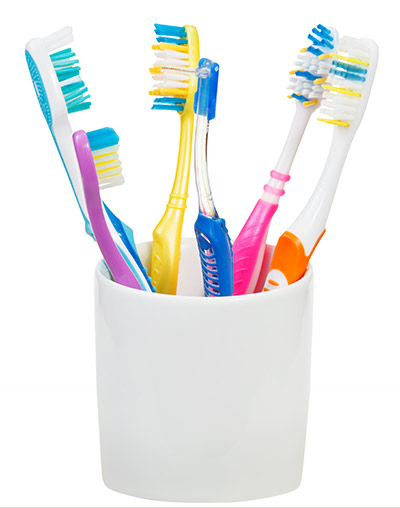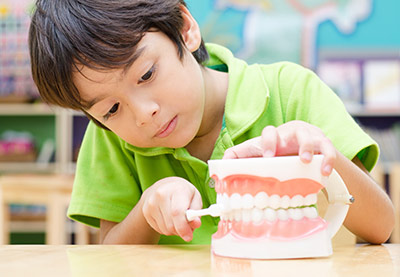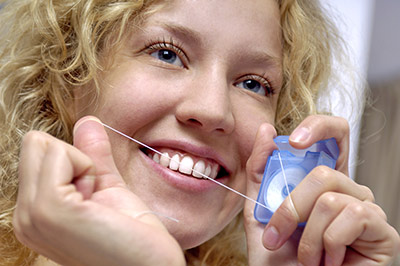Daily Brushing of your teeth and gums and cleaning between your teeth is important because it removes plaque. If the plaque isn't removed, it continues to build up, feeding on the food debris left behind and causing tooth decay and gum disease.

The dentist @Healthy Roots will be able to recommend a toothbrush suitable for you.
Normally adults should choose a brush which has a small to medium sized head with soft to medium multi-tufted, round-ended nylon bristles. The head should be small enough to reach into all parts of the mouth especially the back of the mouth. Children need to use smaller brushes but with the same type of filaments.
Number of speciality toothbrushes are also available. For instance, people with sensitive teeth can now use softer bristled brushes. There are also smaller headed toothbrushes for those people with crooked or irregular teeth.

Be sure to brush thoroughly with a fluoride toothpaste at least twice a day, more often if your dentist recommends it. If you regularly keep getting discomfort or bleeding after brushing your teeth, you should see your dentist.
